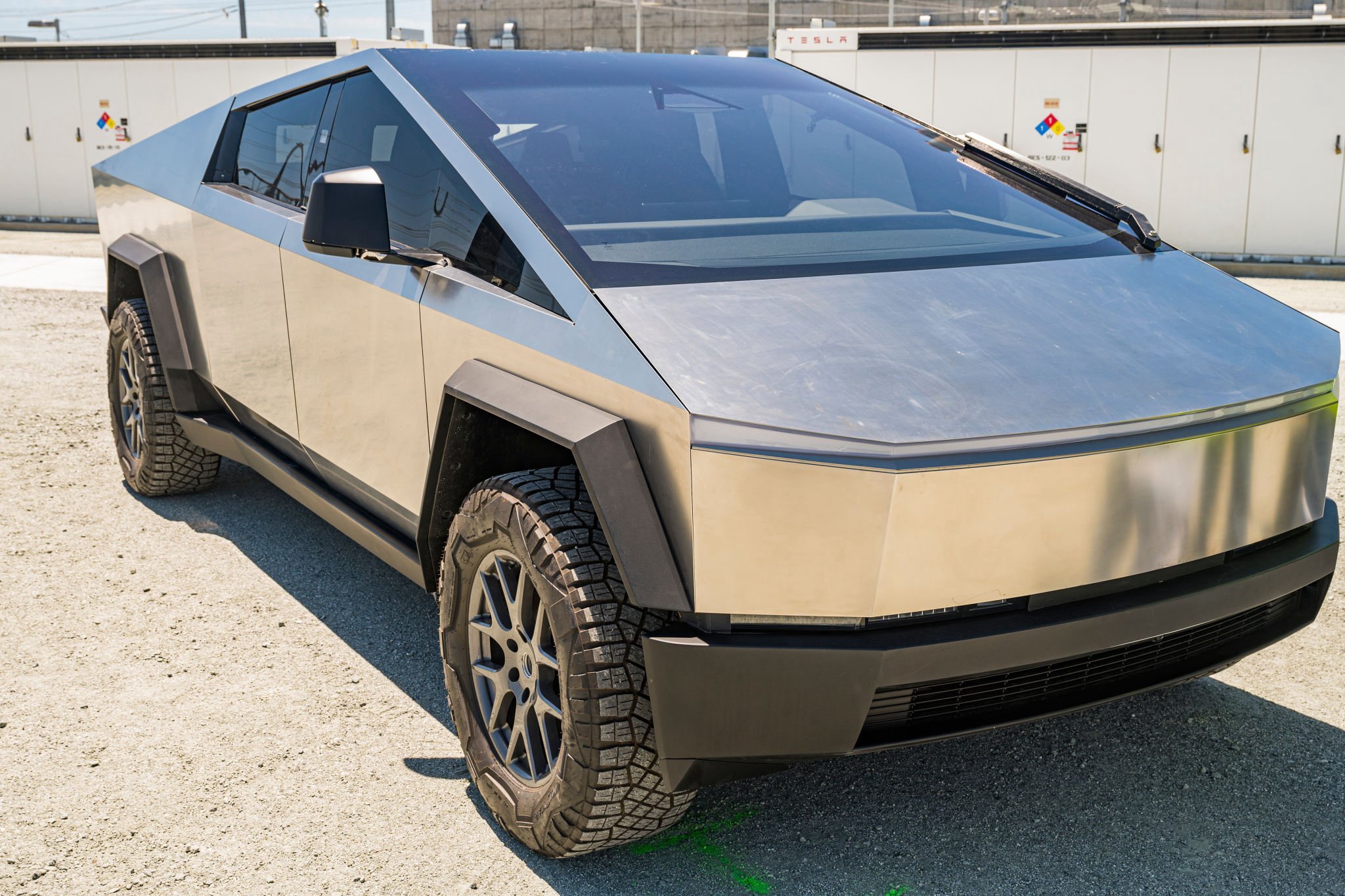You might be right, I was under the impression the smaller machines were faster.
You can get a lot of numbers from the IDRA website:-
Catalogues and Datasheet | Media | Idra Group
Nothing conclusive, but it seems like all machines might have around the same cycle time...
Looking at Dimensions:-
Machine dimensions (LxWxH) m (5500)19,8x7,37x6,0, (6100) 19,8x7,37x6,0, (8000) 26x8,4x7,7, (9000)26x8,4x7,7.
It is interesting that the 5500 and 6100 are the same size and the 8000 and 9000 are the same size, the main difference is clamping force.
Previously I assumed a 9000 might cost more than 2 x 5500s, looking at the weights and dimensions, I now doubt that.



